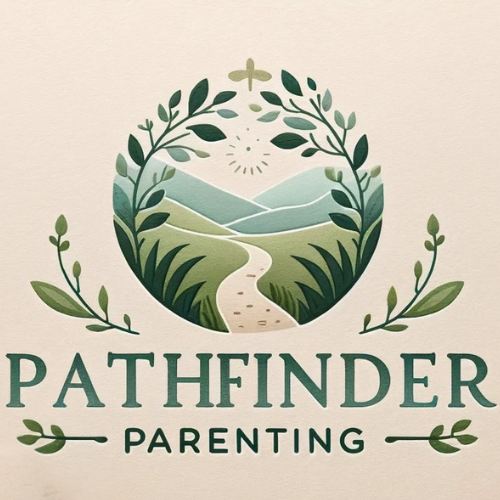Learning disabilities refer to a series of disorders that impair the ability to process, retain, or communicate information. These disabilities, which can affect skills in reading, writing, math, and reasoning, are often misunderstood as laziness or lack of intelligence. However, in reality, they are neurological conditions that affect information processing in the brain and do not reflect an individual’s overall intelligence or work ethic. Misconceptions about learning disabilities can lead to stigma and discrimination, hindering individuals from accessing the necessary support and accommodations.
There are several learning disabilities, each presenting unique challenges. For instance, dyslexia is characterized by difficulties in reading and language processing. It can affect comprehension, spelling, and fluency in written language. On the other hand, dyscalculia involves struggles with number processing and mathematical concepts. For individuals with dyscalculia, tasks like arithmetic, understanding time, and sequencing can pose significant challenges.
Learning disabilities are generally thought to be caused by a combination of genetic and environmental factors. Genetic predispositions can make individuals more susceptible to certain learning disabilities. Environmental factors such as toxic exposure or prenatal care can also play a part. The exact interplay between genetic predispositions and environmental factors is complex and still a subject of continuous research.
Anyone can have a learning disability, regardless of age. Children may be affected due to genetic factors, while environmental elements can impact adults. As such, it’s crucial for parents and educators to recognize the signs and seek professional evaluation if a child shows signs of struggling consistently. Importantly, learning disabilities are not a reflection of a person’s intelligence—rather, they indicate a different way in which the brain processes information. Identification and intervention enable individuals to develop strategies to better navigate their environment.
There are various accommodations and modifications that can support individuals with learning disabilities in their educational pursuits. These may include extra time during tests, preferential seating, or usage of assistive technology, all of which can enable individuals to process information better and demonstrate their knowledge effectively. Personalizing the learning environment to focus on the abilities and unique learning methods of individuals helps foster a positive self-image and encourage a growth mindset.
Support from teachers, peers, and family members is also invaluable. A supportive network can provide the necessary guidance and motivation to assist individuals in overcoming obstacles and reaching their full potential.
Understanding, empathy, and support can significantly enhance the experience of individuals with learning disabilities. Get informed and create an inclusive and supportive environment where everyone can thrive, regardless of their unique challenges.
